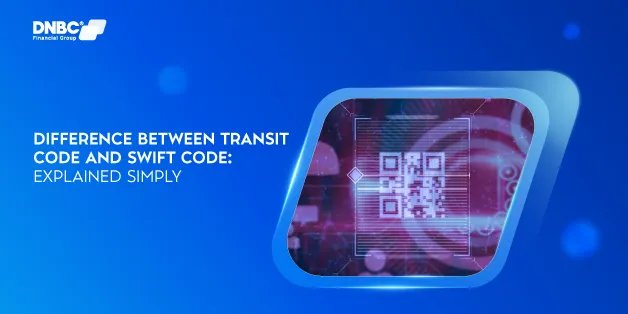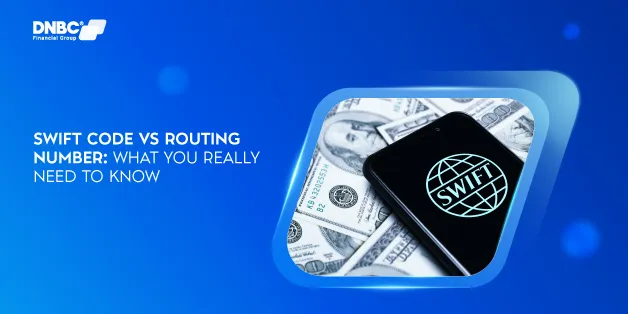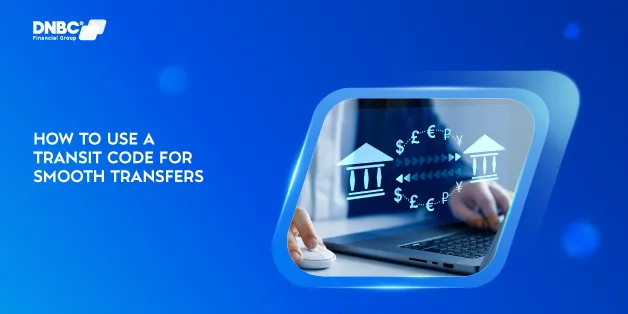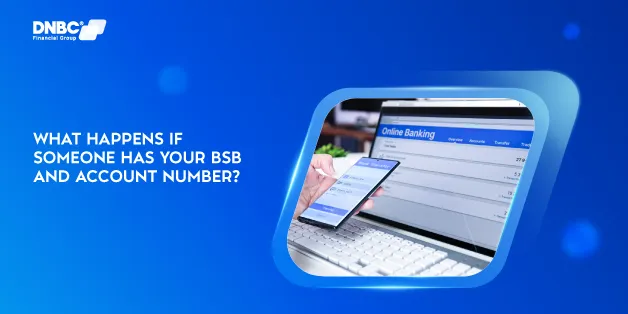- Home
- Blog
- Personal Finance
- Transfer Money Within Europe Fast and Easy
Transfer Money Within Europe Fast and Easy
Personal Finance
18 January 2025
DNBC Team
This article is a part of DNBCGroup Blog Center
Contact DNBCGroup for the technology news, tips, trends, and updates.
There are various options to transfer money in Europe, which may make you a bit lost. Some cost more money and take a lot of time than others. Therefore, it’s crucial to equip yourself with knowledge. In this article, DNBC Financial Group’s experts will help you find the answer to “How to send money in Europe.”

How to send money in Europe
How to send money to someone in Europe
A few years ago, sending money to someone in Europe may be complicated because of a lot of paperwork. However, thanks to the new SEPA, the process is becoming easier. Let’s take a quick look at the primary ways to send money within Europe. For overseas money transfers, banks typically charge higher fees.
Bank Transfer
Transferring money in Europe through your bank may be the most high-priced and slowest option. Before the money reaches its final destination, it is typically transferred across the SWIFT networks between numerous intermediary banks. Each intermediary bank may add fees to their service. Therefore, if the money needs to go through many banks to arrive, you may pay a considerable amount to send money within Europe.
Money transfer service companies
This option can help you reduce costs and offer lower exchange rates for your payments. In addition, money transfer service companies allow you to use different methods to transfer money within Europe, such as credit/debit cards, cash, and bank transfer. If sending money in Europe through banks can take up to 5 working days, money transfer companies typically deliver amounts the next day, some even transfer instantly. However, low-level security may be a disadvantage of this method.
With DNBC Financial Group, customers can transfer and receive money from or to 170 countries and territories all over the world. By using SSL/TLS encryption and cloud data, we always protect our client's confidentiality. Depending on the type of transfer service, the average transaction speed is about 1 - 5 working days
Peer-to-Peer transfers (P2P)
With this method, users can transfer money from their bank accounts to another person’s account through a digital medium. If we have to mention the most appealing feature, it is convenience. Because this option doesn’t need to go through intermediary banks, transaction fees are low. However, it also has some disadvantages such as unpredictable human errors, and no-refund.
The cheapest way to send money in Europe
If you choose the suitable method, you can save a lot of money when transferring money in Europe. Before making transactions, there are two significant factors you need to consider:
- Charges and Fees
- Exchange rates
Charges and Fees
To avoid unexpected fees, you should choose a money transfer service with transparent costs. For example, DNBC Financial Group always discloses all of our costs to customers, so they don’t need to worry about hidden fees when using our service.
Exchange rates
The exchange rate plays a significant role in transferring money internationally. Depending on different banks, the exchange rates may vary. Keep in mind that if you can get the best exchange rate on your international payments, you can save a lot of money.
About DNBC Financial Group
Founded in 2017, DNBC Financial Group is always proud of being a professional financial company providing the best payment platform for individuals and businesses. Thanks to our intelligent digital payment system, international money remittance services are becoming more accessible and cost-effective. We are now present in the EU, United Kingdom, United States of America, Canada, Singapore, Hong Kong, and Vietnam.
Your Trusted Partner
In your Digital
Journey
Free 1 - on -1 support
Free account opening fees
No hidden fees
Note: The content in this article is for general informative purposes only. You should conduct your own research or ask for specialist advice before making any financial decisions. All information in this article is current as of the date of publication, and DNBC Financial Group reserves the right to modify, add, or remove any information. We don’t provide any express or implied representations, warranties, or guarantees regarding the accuracy, completeness, or currency of the content within this publication.
Related posts

Difference Between Transit Code and SWIFT Code: Explained Simply
01 October 2025

Swift Code vs Routing Number: What You Really Need to Know
01 October 2025

How to Use a Transit Code for Smooth Transfers
01 October 2025

What Happens If Someone Has Your BSB and Account Number?
01 October 2025

Sending Money from Australia to New Zealand: A Complete Guide
01 October 2025